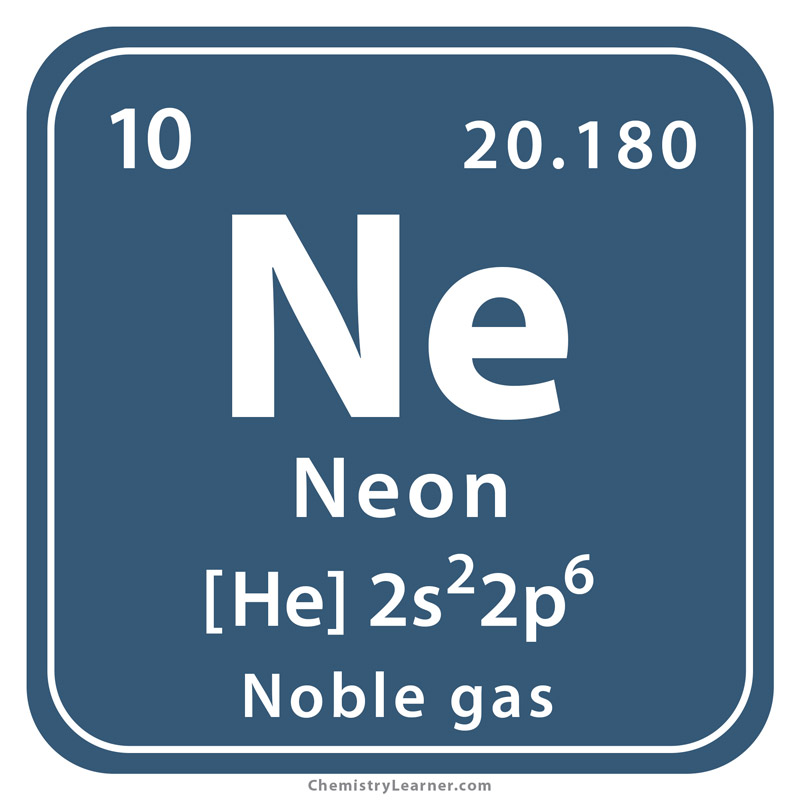Neon State At Room Temp

Interesting facts about neon.
Neon state at room temp. Although it is relatively rare on our planet neon is the fifth most abundant element in the universe. Is neon a physical or chemical property colorless gas at room temperature. Neon was discovered by sir william ramsay a scottish chemist and morris m. Sublimation the transition of a substance directly from the solid to the gas phase without passing through a liquid phase.
Density g cm 3 density is the mass of a substance that would fill 1 cm 3 at room temperature. Neon has the smallest temperature range 2 6 degrees c or 4 7 degrees f for which it is a liquid according to chemicool. So if you apply pressure more than one 1 atm on the water it will not boil at 100 c for sure. 0 0018 percent of earth s atmosphere is neon.
The physical state of oxygen at room temperature is a gas. That is why it is able to be a part of the atmosphere. You have to be specific about the conditions of the substance room temp. Neon along with helium argon krypton and xenon make up the group.
Relative atomic mass the mass of an atom relative to that of. Although neon is the fourth most abundant element in the universe only 0 0018 of the earth s atmosphere is. For example water boils at 100 c at 1 atm. Is not sufficient information to determine statues of the substance solid liquid or gas you have to state at what pressure also.
Though neon is about 3 1 2 times as plentiful as helium in the atmosphere dry air contains. Like krypton neon was discovered through the study of liquefied air. Find color of neon ne at room temperature or find color of different elements like aluminum barium boron brass bromine bronze cadmium calcium carbon cast. If you could gather all the neon from the rooms in a typical new home in the united states you would get 10 liters 2 gallons of neon gas.
Neon ne chemical element inert gas of group 18 noble gases of the periodic table used in electric signs and fluorescent lamps colourless odourless tasteless and lighter than air neon gas occurs in minute quantities in earth s atmosphere and trapped within the rocks of earth s crust.














































